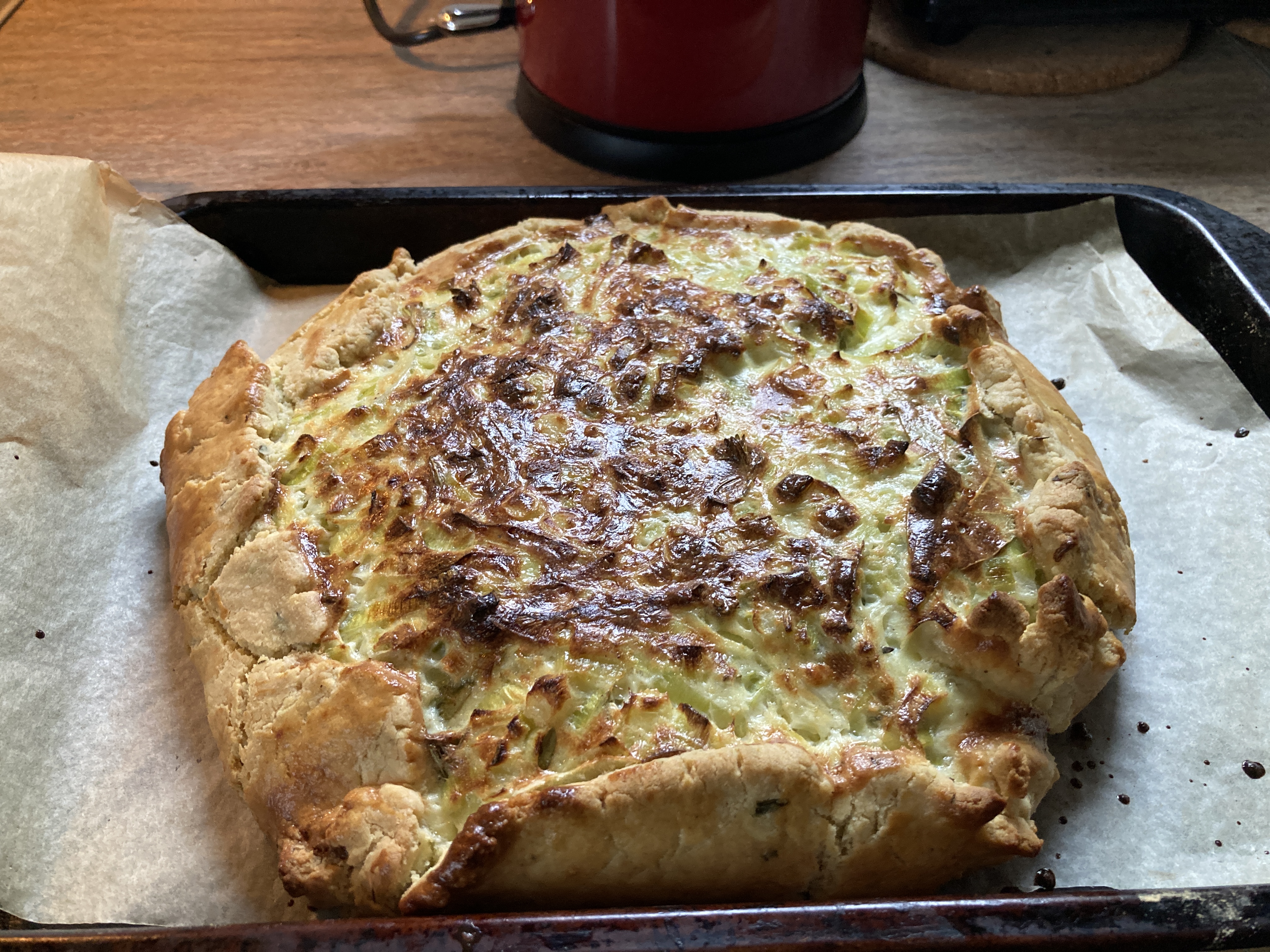Edward Docx is a bestselling novelist and journalist, whose second novel, Self Help, won The Geoffrey Faber Prize and was longlisted for the Man Booker Prize. His novels are translated and published all over the world. As a journalist, he has been listed for the Orwell Prize several times and he has written for all the major magazines and newspapers – most frequently the Guardian and the New Statesman. He also writes for television and film, and is currently working on a hit TV series about spies and the intelligence service. Find him at @EdwardDocx.
Matthew Plampin is the author of four acclaimed historical novels. His most recent novel, Mrs Whistler, was shortlisted for the 2019 HWA Gold Crown and was chosen as a book of the summer by the Sunday Times and the Mail on Sunday. Matthew studied at the Courtauld Institute of Art, London, and now lectures in nineteenth century art and architecture. Say hello at @MatthewPlampin.
Why did you choose to write under the name Logan Macx?
Our two names together are a real mouthful – Ed Docx and Matthew Plampin – and take up too much space. So we wanted to have a single name on the book jacket for simplicity. And because it would allow us to write freely back and forth in a style that was different to our own individual adult novels but that was accessible to both of us and therefore consistent across the series. We chose a surname name that is a contraction of our two names. And we knew a person who worked in the intelligence community who went by the name “Logan”.
- Ed Docx
- Matthew Plampin
Tell me what inspired you to write your novel?
We were already both authors of adult novels and of course we loved reading stories to our children. One day, they began asking: “why don’t you write a story for us?” We resisted and resisted but, eventually, we caved in. They wanted something “with lots of action adventure and mysteries but modern and up to date.” So we had our brief and our first readers … And, Christ, they turned out to be merciless critics. But we think their input made the books a lot better because anything that wasn’t gripping and involving to them was quickly set aside!
What came first the characters or the world?
Definitely the characters of Caleb and Zen. Their friendship, their humour, their camaraderie and the fact that they love going on adventures together. But also – very early on – we knew that Caleb would be into artificial intelligence and gaming and that Zen would be into robotics and martial arts. We also knew that there would be a character – Sam – who was actually an AI. Sam is fascinating to write. Although – thinking about it – pretty soon, Sams will be doing the actual writing as well as everything else.
What kind of reactions have you had to your book?
We’ve been amazed at how positive reactions have been – people seem to love the adventure and the atmosphere and the crazy stuff that happens to Caleb and Zen.
What’s the favourite reaction you’ve had to your book?
Online, a lot of people compare Swift and Hawk to the Alex Ryder series, which is amazing. But the most fun reactions tend to be in person when we go into schools and children start to suggest to us their own ideas for exciting robots. We show them a picture of Zen’s Beetlebat microbot and they start to come up with all kinds of brilliant ideas of their own. We’ve had a jet-powered squirrel, a time-travelling chameleon, a bamboo-shooting panda and an undercover sloth that is secretly incredibly speedy.
What can you tell us about your next book?
Book Three in the Swift and Hawk series is set in America and takes Caleb and Zen from snow-capped mountains to the dank swampland of the south. Also, there is a swarm (or should that be a colony or a cauldron) of nanotech-controlled bats …
What did you do before (or still do) you became a writer?
Ed: We are both adult novelists. I have been writing all my professional life. I write for The Guardian and The New Statesman on all kinds of things. I write for television and film and I teach fiction.
Matt: I am an art historian by training but, like Ed, I’ve been writing all my adult life.
What is your biggest motivator?
We want to engage children in reading by telling the most exciting, nail-biting, engrossing stories that we can. We both firmly believe that reading and literacy are the greatest gifts you can give to the next generation. The imagination is where all the best human endeavours begin. And the calibre of your thinking is in many ways related to your ability to express yourself through language.
Is it difficult to write together?
We have known each other for decades and our wives were childhood friends – so we’re lucky to have a super-solid foundation. Without that, maybe it would be more difficult. You have to trust the other person, recognise their skills are different to yours and allow lots of bad ideas in order to get to the good ones. We love working together and – to be honest – the series and the publishing journey would be much less fun alone. If you can find another writer whom you can trust, then we’ve both come to think that collaboration is a great advantage.
How much (if any) say do you have in your book covers?
We have some say but we are lucky to have this great artist, Coke Navarro, doing the covers – so we just love to see his incredible depictions of some of the books’ most dramatic moments.
Were you a big reader as a child?
Ed: I read constantly. Pretty much all the time. I still think the best way to spend an hour is reading. If I could clone myself, I would have a clone devoted to reading and drinking tea and nothing else.
What were your favourite childhood books?
Ed: Has to be Lord of The Rings for me. The epic grandeur and Tolkien’s writing of landscape, claustrophobic evil and heroism.
Matt: All kinds of stuff. I loved Eagle of the Ninth by Rosemary Sutcliff. The Redwall series by Brian Jacques. The Magician Trilogy by Raymond Feist. Sherlock Holmes. Ursula le Guin.
Do you have a favourite bookshop? If so, which?
Ed: So many all over the country! Special mentions to The Orcadian Bookshop in Orkney, Chorlton Bookshop in Manchester, Abacus Books in Altrincham (where my mum used to take me every Saturday) and the amazing people at Heywood Hill in London.
Matt: Too many to list here. The UK is full of fantastic independent bookshops! It’s the best thing about the country.
What books can you not resist buying?
Matt: I love comics and graphic novels and have amassed a huge collection over the years – one that my 12-year-old son is now busily adding to …
Ed: Second hand Penguin classics – even if I already have them – especially Dickens.
Do you have any rituals when writing?
Matt: Not really, but certain things are essential. Earplugs. Copious amounts of coffee. Presence of my grumpy old cat. Internet blocker.
How many books are in your own physical TBR pile?
Ed: I’m afraid it is well over 40 – they are stacked up by my bed.
Matt: Likewise. My wife works in publishing so our house is stacked to the rafters with amazing books. It would literally take years to get through them all.
What is your current or latest read?
Matt: I’ve just finished Tomorrow and Tomorrow and Tomorrow by Gabrielle Zevin, a moving story of the complicated friendship between a pair of videogames designers. Next up (after I’m done with The Marriage Portrait by Maggie O’Farrell) is The Consequence Girl by Alastair Chisholm.
Ed: I review fiction for The Guardian newspaper so I get sent amazing books all the time. I’ve recently reviewed the latest John Irving and I really enjoyed reading and writing about the new Vargas Llosa, Hard Times.
And finally, what inspired you to write the genre you do?
A deep love of spy fiction and cinema, a fascination with emergent, next-level technology, and a wish to combine the two in dynamic, fast-paced, action-packed stories.













